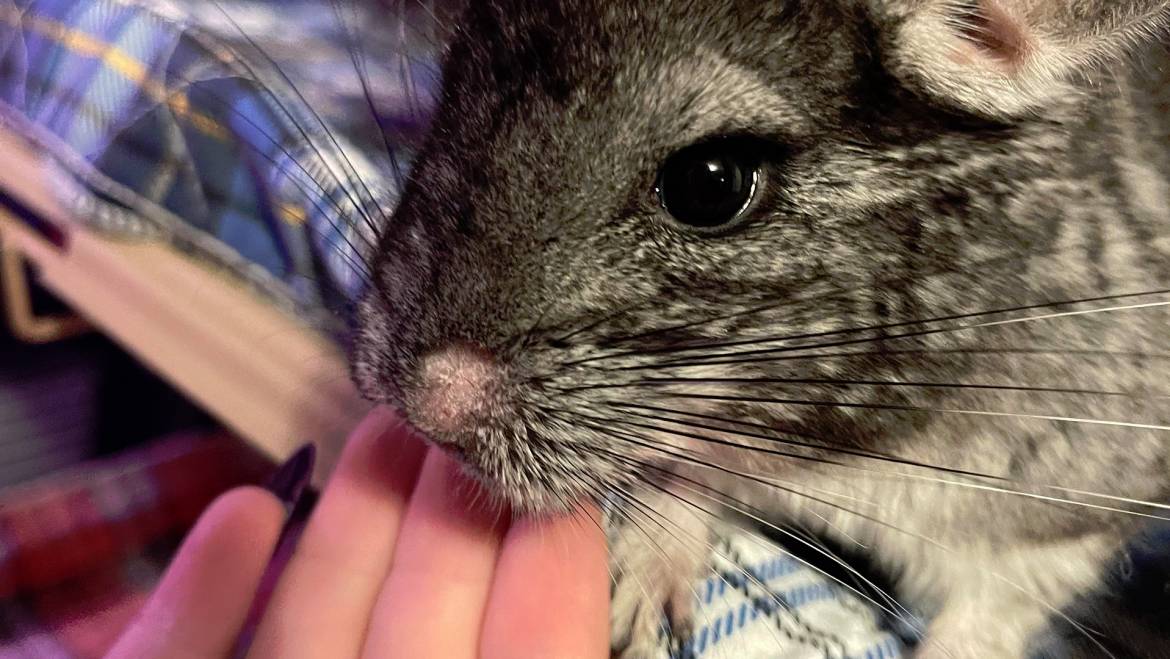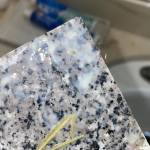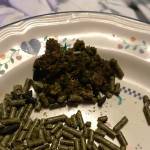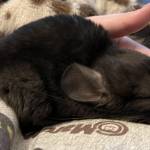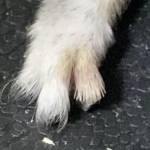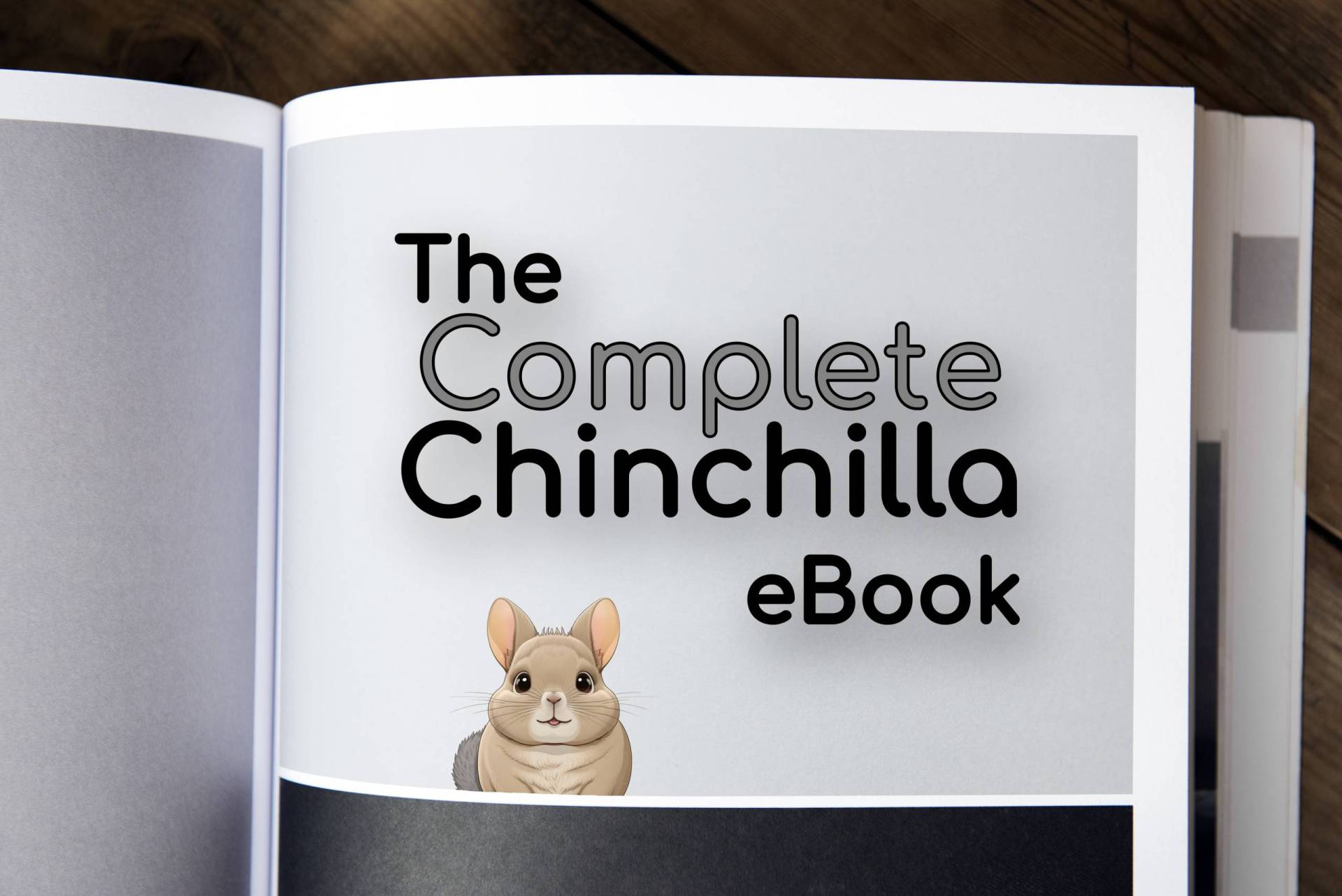Ringworm is a common fungal infection that can affect chinchillas. This disease can be extremely contagious and can spread rapidly from one chinchilla to another. In this article, we will discuss the causes, symptoms, and treatment of ringworm in chinchillas.
What is Ringworm?
Ringworm is a fungal infection that can affect the skin, hair, and nails of animals and humans. Despite its name, ringworm is not caused by a worm, but rather a group of fungi called dermatophytes. These fungi thrive in warm and humid environments, and can be found in soil, on animals, and on humans. There are several species of dermatophytes that can cause ringworm, including Microsporum, Trichophyton, and Epidermophyton.
Ringworm can affect a variety of animals, including cats, dogs, rabbits, guinea pigs, and chinchillas. In chinchillas, ringworm is most commonly caused by the species Microsporum canis, although other species of dermatophytes can also be involved.
Ringworm is highly contagious and can be transmitted through direct contact with infected animals or contaminated objects. The fungi can survive on surfaces such as bedding, toys, and food bowls for several weeks, making it important to practice good hygiene and disinfect contaminated objects to prevent the spread of infection.
In humans, ringworm typically appears as a circular rash with raised edges and a flat center, hence the name “ringworm.” In animals, however, the lesions may not be circular and may not have a distinct border. Instead, they may appear as areas of hair loss, scaling, crusting, or redness. Some animals may also experience itching or discomfort.
While ringworm is not usually life-threatening, it can be uncomfortable and unsightly for affected animals. It can also be challenging to treat, as dermatophytes can be resistant to some antifungal medications. Prompt diagnosis and treatment are important to prevent the infection from spreading and to minimize discomfort for affected animals.
Causes of Ringworm in Chinchillas
Ringworm is caused by a group of fungi called dermatophytes, which thrive in warm and humid environments. In chinchillas, the most common species of dermatophyte that causes ringworm is Microsporum canis. Other species of dermatophytes, including Trichophyton mentagrophytes and Trichophyton verrucosum, can also cause ringworm in chinchillas.
Chinchillas can become infected with ringworm through direct contact with infected animals or contaminated objects. For example, if a chinchilla comes into contact with an infected animal during playtime or grooming, they may become infected with ringworm. Ringworm can also be spread through contaminated objects such as bedding, toys, or food bowls that have been in contact with infected animals.
Chinchillas that are stressed, have compromised immune systems, or have poor hygiene are more susceptible to ringworm infection. Stressful situations, such as overcrowding or being housed with aggressive animals, can weaken a chinchilla’s immune system and make them more vulnerable to infection. Chinchillas that are not kept clean or have matted fur are also at higher risk of developing ringworm, as the fungi can grow more easily in dirty or moist areas.
Ringworm is highly contagious and can spread rapidly among animals in close quarters. It is important to isolate infected animals and disinfect contaminated objects to prevent the spread of infection. Chinchillas that have been in contact with infected animals or objects should also be monitored closely for symptoms of ringworm.
Overall, the best way to prevent ringworm in chinchillas is to practice good hygiene and minimize exposure to contaminated environments. Regularly cleaning your chinchilla’s cage, bathing and grooming your chinchilla, and disinfecting any objects that may have come into contact with infected animals are key to preventing ringworm.
Symptoms of Ringworm in Chinchillas
Ringworm in chinchillas can cause a variety of symptoms, including:
- Hair Loss: Chinchillas with ringworm may develop circular patches of hair loss on their body, especially around the head and ears.
- Itching and Scratching: Infected chinchillas may scratch and bite their skin in an attempt to alleviate the itching caused by the infection.
- Redness and Scaling: The skin of infected chinchillas may become red, inflamed, and scaly.
- Crusting: In severe cases of ringworm, the skin may develop crusty lesions that can ooze pus.
- Secondary Infections: Chinchillas with ringworm are more susceptible to secondary bacterial infections, which can cause additional health problems.
Diagnosis of Ringworm in Chinchillas
If you suspect that your chinchilla may have ringworm, it is important to take them to a veterinarian for diagnosis and treatment. A veterinarian will typically perform a physical examination of your chinchilla and may take skin or hair samples to look for the presence of dermatophytes.
One common method of diagnosing ringworm is a fungal culture. This involves taking a sample of hair or skin from the affected area and placing it on a culture medium to encourage the growth of any fungi present. The culture is then observed over several days to see if any dermatophytes grow. This test can take several days to produce results, but is often considered the most reliable method of diagnosing ringworm.
Another method of diagnosing ringworm is a microscopic examination. In this test, a sample of hair or skin is examined under a microscope to look for the presence of dermatophytes. This method can produce results more quickly than a fungal culture, but may be less reliable.
In some cases, a veterinarian may diagnose ringworm based on the appearance of lesions on your chinchilla’s skin. However, it is important to note that the symptoms of ringworm can be similar to other skin conditions, so a definitive diagnosis is usually made through laboratory testing.
If your chinchilla is diagnosed with ringworm, your veterinarian will likely recommend a treatment plan to help manage the infection. This may include topical or oral antifungal medications, as well as environmental management to prevent the spread of infection to other animals or humans.
It is important to follow your veterinarian’s instructions closely when treating ringworm in your chinchilla. Fungal infections can be difficult to treat and may require several weeks or even months of treatment to fully resolve. However, with proper treatment and management, most chinchillas are able to recover from ringworm and return to good health.
Treatment of Ringworm in Chinchillas
If your chinchilla is diagnosed with ringworm, your veterinarian will likely recommend a treatment plan to help manage the infection. The goals of treatment are to eliminate the infection and prevent the spread of ringworm to other animals or humans.
Antifungal medications are typically used to treat ringworm in chinchillas. These medications may be administered orally or topically, depending on the severity and location of the infection. Oral medications may be prescribed for more severe or systemic infections, while topical medications may be used to treat localized infections on the skin or fur.
Common antifungal medications used to treat ringworm in chinchillas include itraconazole, terbinafine, and griseofulvin. These medications work by inhibiting the growth of the dermatophyte fungi that cause ringworm.
It is important to follow your veterinarian’s instructions closely when administering antifungal medications to your chinchilla. These medications can have side effects, such as gastrointestinal upset or liver toxicity, so it is important to monitor your chinchilla closely and report any changes in behavior or appetite to your veterinarian.
In addition to medication, environmental management is an important part of treating ringworm in chinchillas. Infected animals should be isolated from other animals to prevent the spread of infection. Any objects that have come into contact with infected animals, such as bedding or toys, should be thoroughly cleaned and disinfected to kill any fungal spores that may be present.
Regular cleaning and disinfection of your chinchilla’s cage is also important to prevent reinfection. Your veterinarian may recommend using a specific disinfectant to effectively kill dermatophyte fungi in your chinchilla’s environment.
It is important to note that treating ringworm in chinchillas can be a lengthy process. Depending on the severity of the infection, treatment may take several weeks or even months to fully resolve. It is important to continue treatment as directed by your veterinarian, even if your chinchilla’s symptoms appear to have resolved.
In some cases, ringworm can recur even after treatment has been completed. This can happen if all of the fungal spores in your chinchilla’s environment are not effectively eliminated. To prevent reinfection, it is important to continue monitoring your chinchilla for any signs of ringworm and to maintain good hygiene practices in their environment.
Overall, with prompt and appropriate treatment, most chinchillas are able to recover from ringworm and return to good health. If you suspect that your chinchilla may have ringworm, it is important to consult with a veterinarian as soon as possible to ensure that your chinchilla receives the proper diagnosis and treatment.
Prevention of Ringworm in Chinchillas
Preventing ringworm in chinchillas involves maintaining good hygiene and minimizing exposure to contaminated environments. Here are some tips for preventing ringworm in your chinchilla:
- Keep Your Chinchilla’s Cage Clean: Regularly clean your chinchilla’s cage, remove any soiled bedding, and provide fresh, clean bedding.
- Bathing and Grooming: Bathing and grooming your chinchilla regularly can help prevent ringworm. Use a gentle shampoo and avoid getting water in your chinchilla’s ears.
- Quarantine New Chinchillas: If you are introducing a new chinchilla to your household, quarantine them for at least two weeks to ensure they do not have ringworm or other infectious diseases.
- Disinfect Contaminated Objects: Disinfect any objects that may have come into contact with infected animals, including bedding, toys, and food bowls.
- Avoid Contact with Infected Animals: If you have other pets that are infected with ringworm, avoid allowing them to come into contact with your chinchilla.
Ringworm is a common fungal infection that can affect chinchillas. It can be transmitted through direct contact with infected animals or contaminated objects. Symptoms of ringworm in chinchillas include hair loss, itching, redness, scaling, and crusting. Diagnosis is made by taking a skin scraping and examining it under a microscope. Treatment depends on the severity of the infection and may involve topical or oral antifungal medications. Good hygiene practices and minimizing exposure to contaminated environments are key to preventing ringworm in chinchillas.

